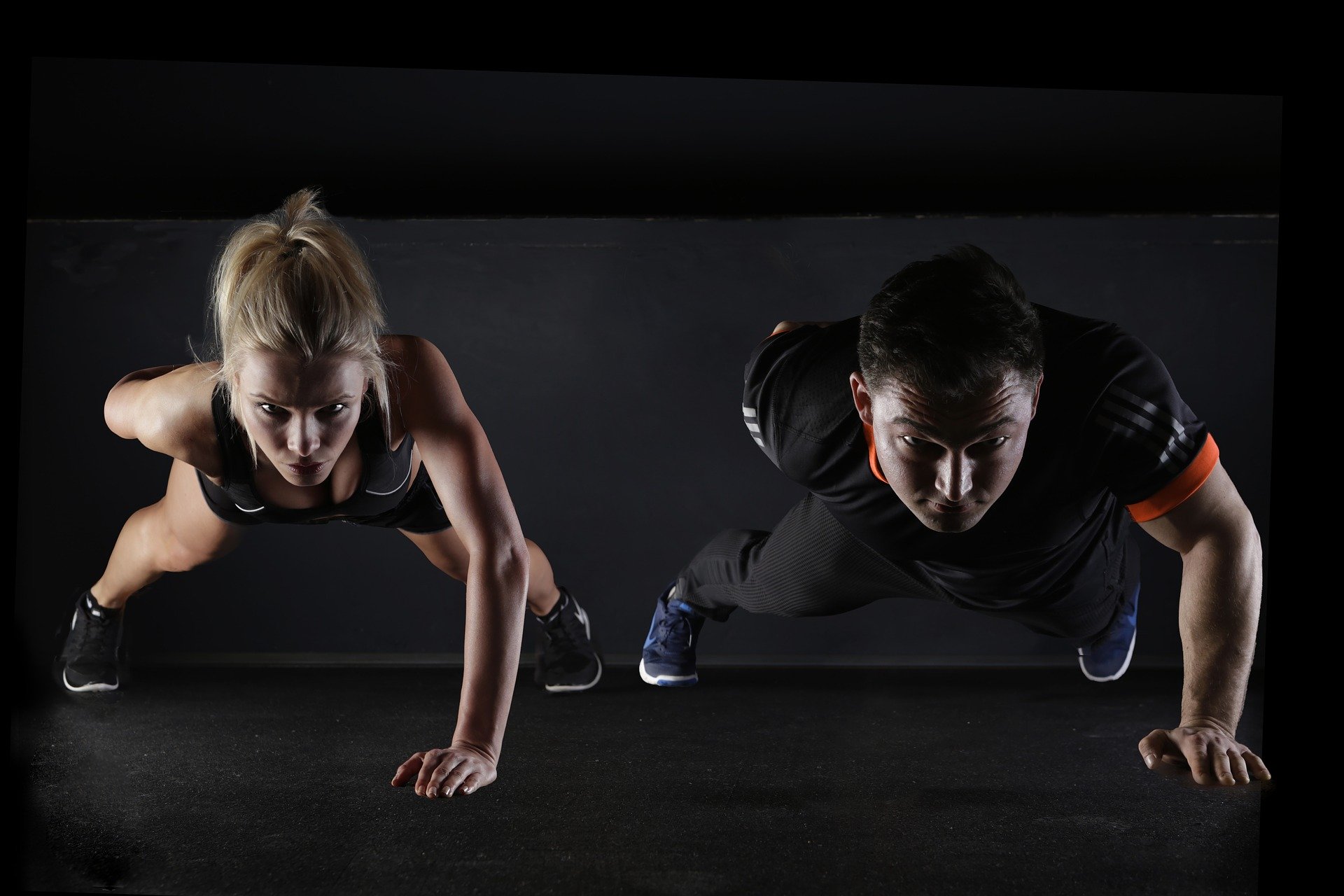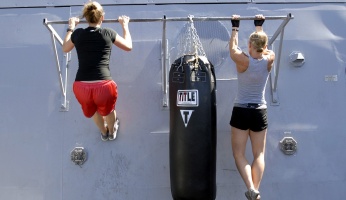Weights vs Calisthenics – Which is Better?
Are you looking to build that perfect body that everyone dreams about? Whether you’re a man or a woman, you want to be in the best shape of your life. It’s true that calisthenics and weightlifting are the two main forms of exercise used by athletes.
It’s also true that these two exercises are used by people who live a healthy lifestyle quite often. The question is, Which one is better? What are the similarities? What are the benefits?
In this blog, we will compare calisthenics to weights. We hope this will help you decide which is the best form of exercise to suit your needs.
It’s time to take a deep dive into our blog on calisthenics VS weights to see which comes out on top.

What Are the Similarities?
While it seems, there is an ongoing battle between calisthenics and weights, there are quite a few differences to be discussed.
First, let’s list the similarities between the two below:
- Both exercises are good ways to increase your resting metabolic rate
- Both can be used as a way to relieve stress
- Both of these physical exercises can help you cut down a percentage of the body fat you want to lose
- Both are good for your heart health
- Both strengthen your ligaments, just in different ways
There are quite a few similarities here, but there are just as many or more differences as well. Since there is such a wide range of differences many people find it hard to choose which is best for their exercise needs.
That’s why in this blog, we aren’t telling you which to choose. Instead, we are giving you enough information for you to make an informed decision on your own.

What Are Calisthenics?
The first thing we need to talk about is what calisthenics are.
This form of exercise involves the following gross motor movements:
- Grasping
- Running
- Standing
- Done without any equipment and in a rhythmic motion
In short, calisthenics is a form of body-weight training. The main purpose of this exercise is to maintain your flexibility and fitness while strengthening your body at the same time.

What Are the Benefits of Calisthenics?
It is said that the biggest benefit of calisthenics is the ease of flexibility and practice over weightlifting. Once you have mastered doing calisthenics, the requirements are minimal thereafter.
The only thing you need is the space to do calisthenics, such as push-ups, crunches, lunges, and sit-ups. These should be done with powerful moves, so the right amount of space is essential. There are other benefits to calisthenics as well. We’ll talk about those below.
An Increase in Muscle
This benefit is especially good for beginners in calisthenics. If as a beginner, you’re looking for a way to build up your muscles, then calisthenics is a good exercise for you. However, if you’re a die-hard bodybuilder, then this isn’t the way to go for you.
For a beginner, calisthenics helps to build muscle mass. It keeps you from going through the tearing and trauma associated with weightlifting.
Increases Flexibility
It is a well-known fact that the stronger you are, the more flexible you will be. It is also said that you can’t be flexible if you don’t increase your muscle mass.
A steady exercise routine of calisthenics can boost your flexibility. It can also burn more fat and boost your heart rate.
Increases Your Endurance
Who doesn’t want increased endurance? Calisthenics is said to help build the body’s endurance levels as well.
What Are the Drawbacks of Calisthenics?
While there are said to be quite a few benefits there are also drawbacks to calisthenics as well. We’ll go into a little about the drawbacks below.
Lack of Isolation
Calisthenics can only be done as a compound. What this means is that multiple muscles are impacted simultaneously. This causes a lack of isolation.
Limited Overload
Since you can adjust the difficulty of the exercise by adjusting your body, you would think that you would have a regulated amount of overload.
However, after a while the body becomes saturated. This is when the body is no longer able to take on more of a load.
Dangerous Exercises
There are some calisthenics exercises that don’t have enough flexibility, coordination, or conditioning. This can lead to these exercises being dangerous, in not done correctly. You need to be careful about how you do them and what exercises you do as well.

What is Weightlifting?
Weightlifting is a more intense type of exercise than calisthenics. Weightlifting builds muscle faster. You can also use a weight machine or free weights to do this exercise.
What Are the Benefits of Weightlifting?
As with calisthenics, weightlifting comes with its own set of benefits and drawbacks. Let’s take a look at them in our next section.
Increases Your Physical Work Capacity
Weightlifting helps you to become strong enough to carry out daily activities, even at your job. It also increases your ability to work longer and harder at the job you do.
Promotes Fat-Free Body Mass
As we all age there is fat that we all attempt to get rid of. This fat is called sarcopenia. A good exercise program featuring weightlifting can help you get rid of that fat.
Improves Bone Density
Weightlifting has been proven to help control bone wear as you get older.
Increases Quality of Life and Confidence
Weightlifting has been known to increase the self-confidence of many lifters. It is also said to increase the quality of life of those who stick with it.
What Are the Drawbacks of Weightlifting?
The biggest drawback when it comes to weightlifting is you have to have some type of equipment to do it.
If you use dumbbells, then you have to lug them around with you everywhere you go.
But, if you use weight machines, you either have to buy a huge machine for at home or go to the gym every day.
The risk of injury is also higher with weightlifting.
What Are the Differences?
So, now we know there are quite a few differences between calisthenics and weightlifting. Let’s list those differences below.
- Calisthenics doesn’t require equipment
- Builds muscles slowly but steadily
- Has a lower risk of strained muscles
- Lower risk of bone injury
- Lower risk of tendonitis
- Weightlifting increases your muscle mass faster
- Special equipment is needed
- Has a higher risk of injury
This concludes our blog on the differences between calisthenics and weightlifting. It’s important for you to visit your doctor before you start any new form of exercise routine. The choice of which of these exercises you choose to do is entirely up to you. Happy exercising, everyone!












